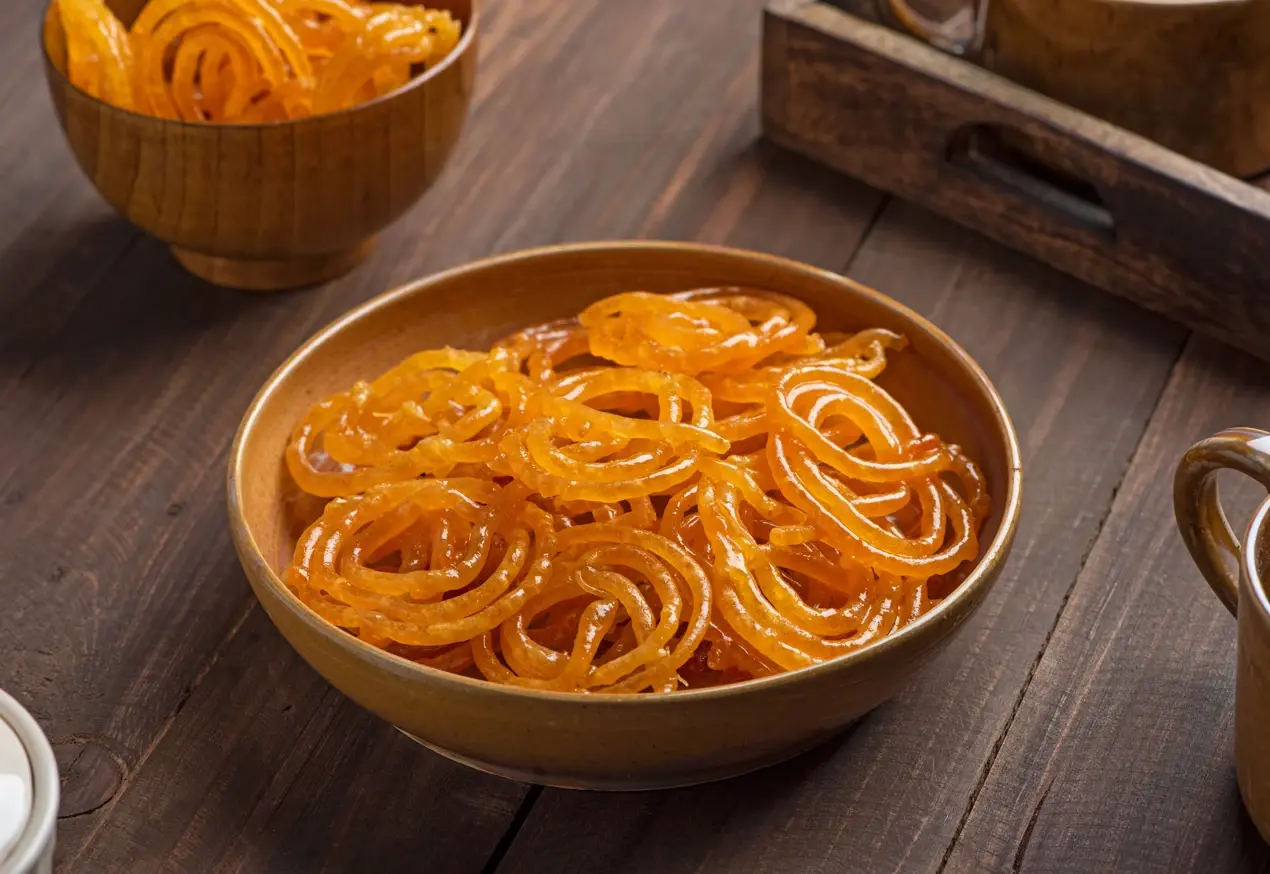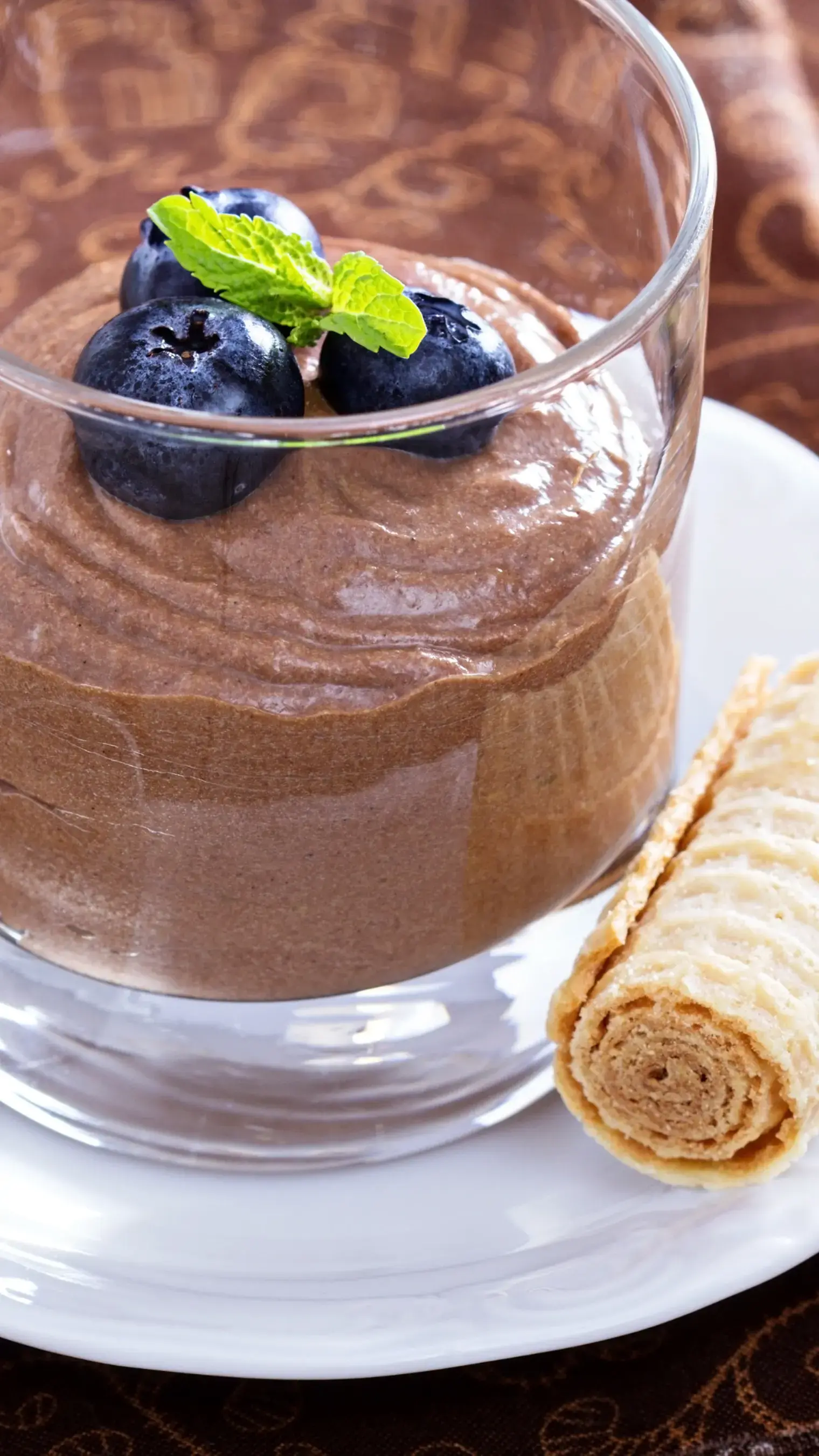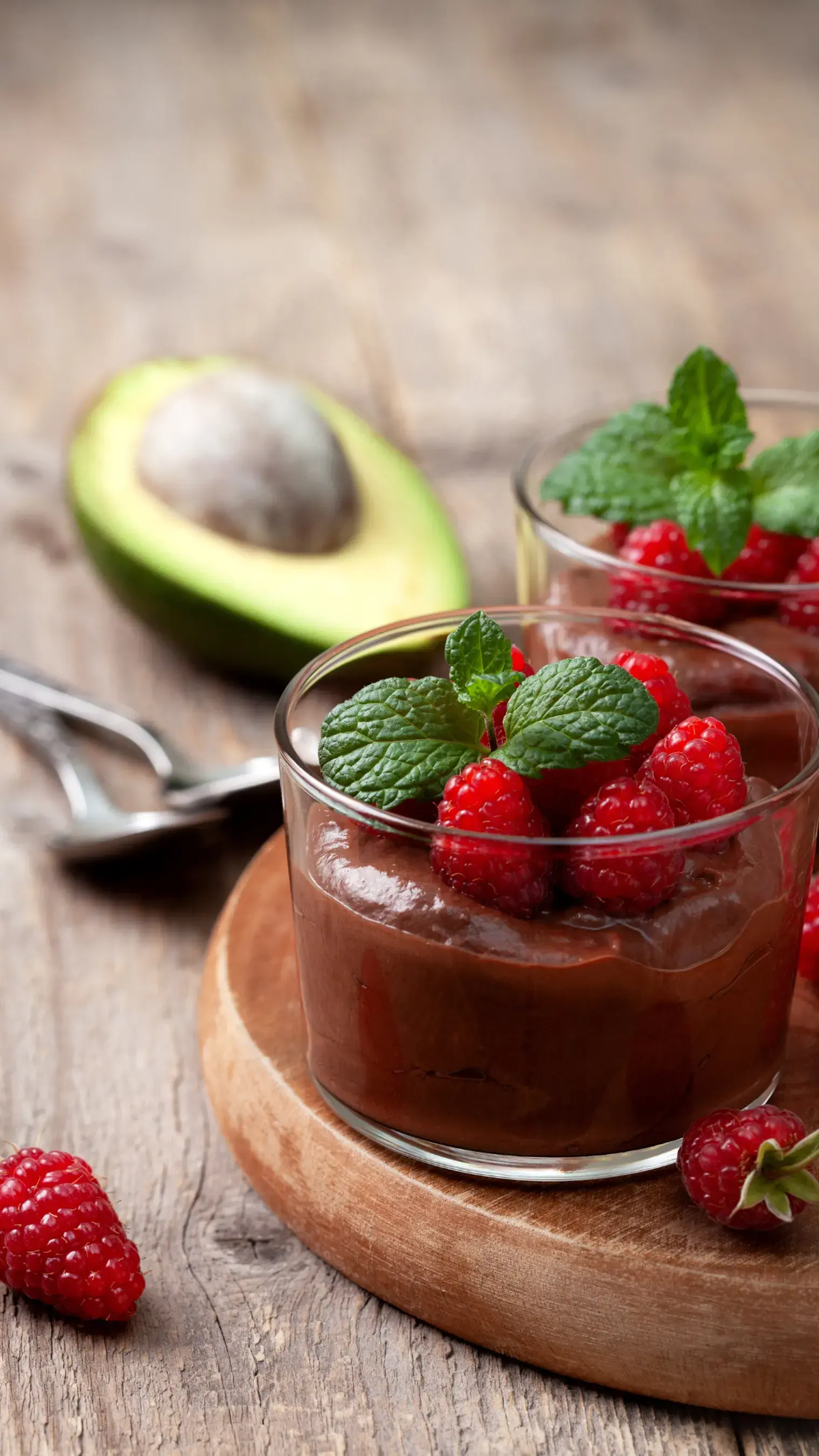Love relishing silky smooth custard? Discover the journey of your favorite childhood dessert.

Love relishing silky smooth custard? Discover the journey of your favorite childhood dessert.
When it comes to simple yet delicious desserts the first thing we can think of is custard. With its rich flavor and silky texture, it has a special place in the heart of every sweet lover. Even if your tummy is full, you cannot say no to a bowl of this delectable treat. Relished in numerous ways such as fruit custard, caramel custard, meringue and crème brulee, it is an extremely versatile dish.
Some varieties of custards are also used as fillings for dishes like doughnuts and pies. It is traditionally made from milk, cheese, egg and cornstarch. Along with delectable taste this delight also brings a fascinating history. With humble beginnings, custards have made a special place in the world of desserts.

The roots of this dessert can be traced back to ancient civilizations. Custards added to pastries were very famous during the middle age. The name of this dish has a very complicated origin. The english term 'custard' is derived from a French word 'croustade' that originally refers to the crust of a tart. The term 'croustade' comes from the Italian word crostata, and ultimately the latin crustāre.
They were ancient Roman cooks who recognized the binding properties of eggs. They were the creators of many egg-based dishes like patinae, croustades and omelets. For savory flavors they used ingredients like cheese, meat and pepper and the sweet dishes were flavored with honey, nuts, cinnamon etc.
During the middle ages, custard was eaten alone or used as fillings for dishes like pies, tarts and pastry. It was several years later when its versatility was recognized. However, similar recipes also flourished in Europe and Asia. In the 1840s, the European custard and American pudding were also identified to be very similar. This was the same time when Alfred Bird, an English chemist, invented custard powder as an alternative to egg thickeners.

Instant Custard: A Result Of Love
Alfred Bird was a registered pharmacist in Birmingham, and he was a qualified chemist and druggist during that time. Bird's first big invention was eggless custard in 1837. He replaced the egg with corn flour to create a duplicate of egg custard. This invention was originally only for his wife Elizabeth who had allergies to both egg and yeast. When this egg-free custard was fed to dinner guests, it was well received. Then Bird realized that his creation had a lot of potential. Soon after that he founded 'Alfred Bird and Sons ltd', which later became the famous Bird's Custard Company and brand.
Today, custard has traveled all over the world and is identified as a versatile and beloved dessert. Many chefs and cooks like to experiment with flavors and give birth to various innovative custard-based dishes. The use of plant-based milk, egg substitutes and other alternative ingredients have also made custard suitable for a diverse audience.
Here is a quick recipe to make custard at home:
Preparation Time- 5 minutes
Cook Time- 10 minutes
Ingredients
- 250 g whole milk
- 40 g granulated sugar
- 60 g egg yolk approx.
- 2 tsp vanilla extract
Method
- In a large mixing bowl, combine together sugar and egg yolks by whisking until fluffy. Add vanilla extract and mix again.
- Bring milk to simmer in a large saucepan on medium heat. Be careful not to boil it.
- Now slowly, pour the warm milk over the egg yolk mixture. Remember to whisk vigorously to temper the egg yolks without cooking them.
- Pour the mixture back into the saucepan and cook on medium heat until temperature reaches 82C / 180F.
- Remove the saucepan from the stove as soon as cream reaches the desired temperature. Do not cook it more as the mixture will curdle.
- Now your custard is ready to be added to your favorite desserts. It can be stored in the refrigerator for up to 3 days.
Like This Article?
More Like This



Popular Articles





Trending Web Stories
Curated Recipes



















